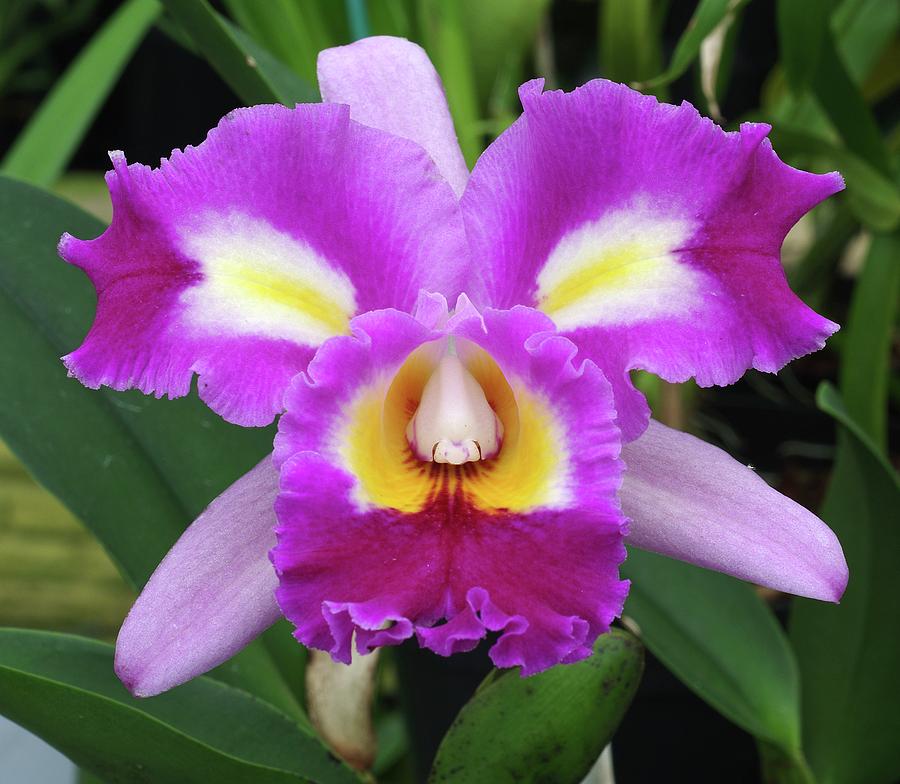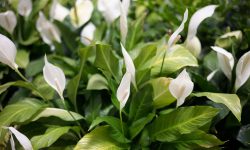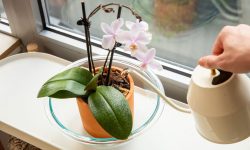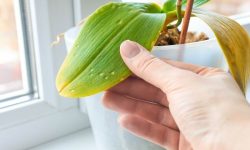Orchids are one of the most popular flowers in the world, and they come in a wide variety of colors, shapes, and sizes. But did you know that all orchids are actually hybrids? That’s right – every single orchid out there is a result of human intervention.
In fact, there are very few true wild orchids remaining in the world.
When it comes to orchids, there is a lot of confusion about what constitutes a hybrid. In the plant world, a hybrid is created when two different species are cross-pollinated. This can happen naturally, as bees and other insects move pollen from one flower to another.
Or, it can be done artificially, in a laboratory setting. Either way, the result is a plant that has characteristics of both parent plants.
Most orchids that are sold commercially are hybrids.
That’s because they tend to be more resilient and easier to grow than purebreds. However, there are some exceptions. Certain types of orchids, like slipper orchids (Paphiopedilum spp.), can only be propagated via tissue culture, so they’re never truly “wild.”
And then there are species like the Ghost Orchid (Dendrophylax lindenii), which only exist in captivity and have never been successfully pollinated in the wild.
So, when it comes to orchids, it’s safe to say that not all of them are hybrids… but most of them are.
Orchid Species Vs. Hybrids – Differences, the good & the bad!
Are Orchids Hybrid?
Orchids have been around for millions of years and are one of the oldest groups of plants in existence. Over time, they have evolved and changed to adapt to their environment. As a result, there are now thousands of different species of orchids, each with its own unique features.
One thing that all orchids have in common is that they can reproduce both sexually and asexually. This means that they can create new offspring through pollination (fertilization by insects or other animals) or by simply producing new shoots from existing plants.
Most commercial orchids that you see for sale are actually hybrids.
This means that they are created by artificially cross-pollinating two different species of orchids. The resulting plant is usually hardier and more vigorous than either parent plant, making it better suited for life in captivity.
So, while most orchids you see these days are technically hybrids, there are still plenty of purebred (or “wild type”) plants out there as well!
What is a Primary Hybrid Orchid?
A primary hybrid orchid is a type of orchid that is created by crossing two different species of orchids. The resulting plant is then sterile, meaning it cannot produce seeds. This makes primary hybrids very popular among growers, as they can be propagated vegetatively (through division or tissue culture) to create new plants that are genetically identical to the parent plant.
Some well-known primary hybrids include the phalaenopsis hybrid ‘Moth Orchid’ and the cattleya hybrid ‘Corsage Orchid’.
How Do You Make an Orchid Hybrid?
An orchid hybrid is created by cross-pollinating two different species of orchids. The process is relatively simple and only requires a few materials.
First, you will need to identify two different species of orchids that you would like to cross-pollinate.
It is best to choose two varieties that are similar in size and shape. This will make the process easier and more successful.
Once you have chosen your plants, you will need to remove the pollen from one of the flowers.
To do this, simply use a small paintbrush or cotton swab to lightly brush against the center of the flower. Be careful not to damage the petals in the process.
Next, take the pollen-covered brush or swab and transfer it to the stigma of the other flower.
Again, be very careful not to damage any of the plant parts. Once the pollen has been transferred, allow the flowers to remain together for several hours so that pollination can occur.
After pollination has taken place, it will take several weeks for the seeds to develop inside the ovules of the flowers.
Once they are mature, carefully remove them from the plant and sow them in sterile potting mix. Keep them moist and warm until they germinate and begin growing into new plants!
Can All Orchids Cross Pollinate?
Orchids are among the most popular and widely grown flowers in the world, with tens of thousands of species and hybrids to choose from. Though they come in an dizzying array of colors, shapes and sizes, all orchids have one thing in common: They’re beautiful.
But can all orchids cross pollinate?
The answer is no. In order for two plants to produce offspring, they must be compatible genetically. This means that they must be of the same species (or a closely related species) in order to produce viable seeds.
Cross pollination between different species of orchids is possible, but it’s not likely to result in healthy offspring. In fact, it’s often detrimental to the health of the plant as a whole. So if you’re looking to propagate your own orchids, make sure you’re using the same species!

Credit: fineartamerica.com
Orchid Hybrid List
Orchid hybridization is the process of cross-breeding two different species of orchids to create a new, third species. This process can be done in a laboratory setting by carefully controlled pollination, or it can happen naturally in the wild if two compatible species happen to cross-pollinate.
Orchid hybrids are often bred for specific desired characteristics, such as improved flower size or shape, increased disease resistance, or tolerance to different growing conditions.
However, sometimes new and unique hybrids are created by chance when natural pollination occurs between incompatible species.
There are thousands of registered orchid hybrids, and new ones are being created all the time. Many growers specialize in hybridizing certain types of orchids, and there is an active market for rare and unusual hybrids.
Hybrid Orchids for Sale
Looking to add some pizzazz to your home or office décor? Check out our hybrid orchids for sale! These unique flowers are sure to turn heads and brighten up any space.
Hybrid orchids are created by crossing two different species of orchid. This process can be done naturally, through pollination by insects, or artificially, in a laboratory. The resulting plants are then grown and sold as hybrids.
There are many benefits to growing hybrid orchids. For one, they are often more disease and pest-resistant than their parent plants. They also tend to be more tolerant of different environmental conditions, making them easier to care for overall.
And of course, they boast beautiful blooms in a wide range of colors and patterns!
Whether you’re a seasoned green thumb or a total novice, we’ve got the perfect hybrid orchid for you. Stop by our shop today and take your pick!
First Orchid Hybrid
Orchids are one of the most popular flowers in the world. They come in many shapes, sizes, and colors. There are over 25,000 species of orchids!
The first orchid hybrid was created in 1856 by John Lindley. He crossed two different species of orchids: Phalaenopsis amabilis and Phalaenopsis violacea. The resulting plant was named Phalaenopsis X intermedia.
Since then, many more hybrids have been created. Some popular ones include ‘Phalentastic’, ‘Mendenhall’s Marvel’, and ‘Potter’s Carnival’.
Hybridizing orchids is not an easy task.
It takes a lot of patience and knowledge to create a successful hybrid. But the results can be stunning!
Can Hybrid Orchids Bloom All Year Round?
Hybrid orchids blooming year round are a delight to garden enthusiasts. With the right care and conditions, some hybrid orchids can bloom continuously, bringing color and beauty to your space all year long. Their ability to thrive in different seasons makes them a popular choice for those seeking long-lasting floral displays.
Conclusion
Orchids have been around for millions of years and there are over 25,000 species. However, due to their popularity, many people believe that all orchids are hybrids. This is not the case!
While there are many hybridized orchids, there are also plenty of purebred orchid species.






